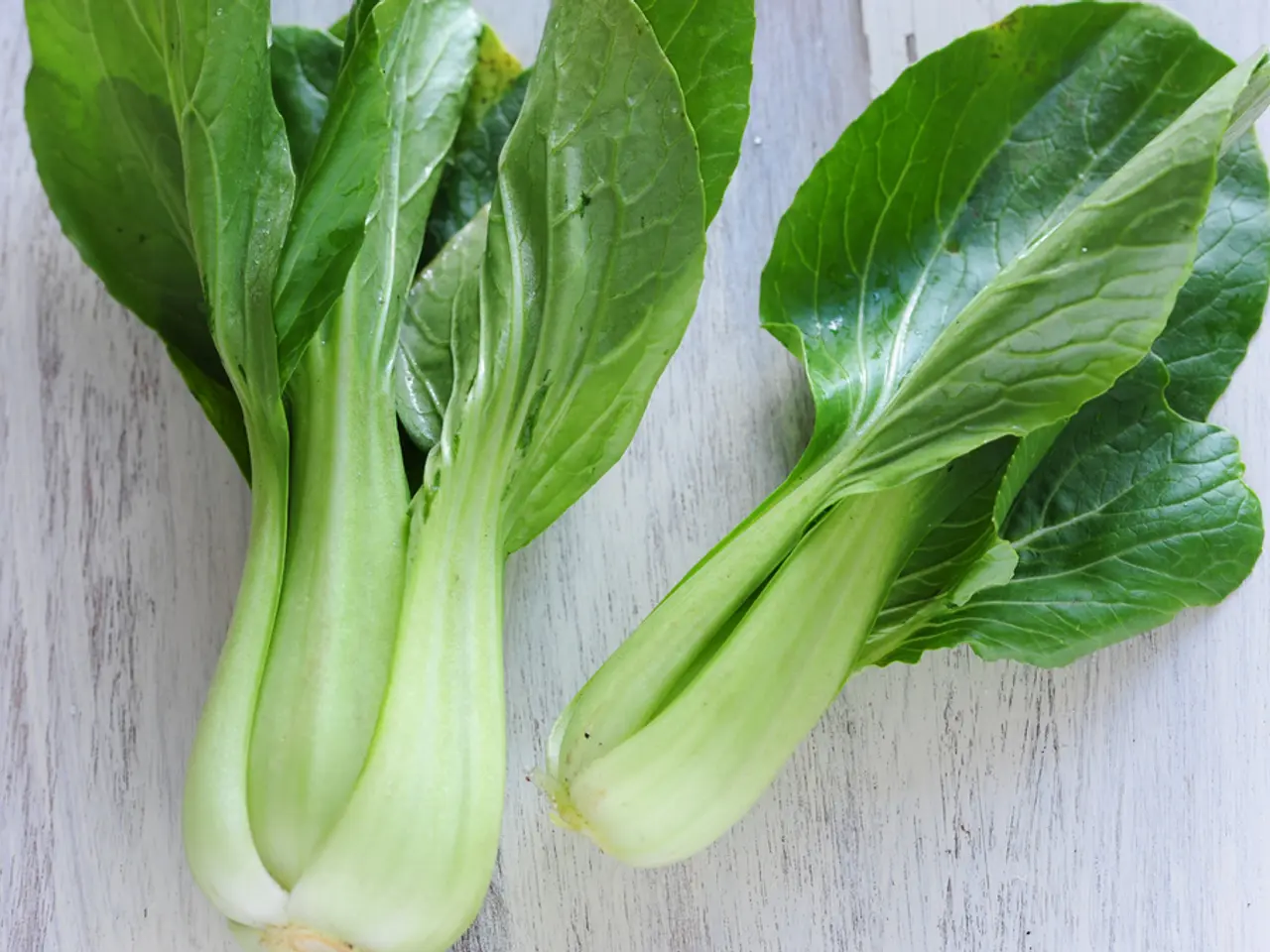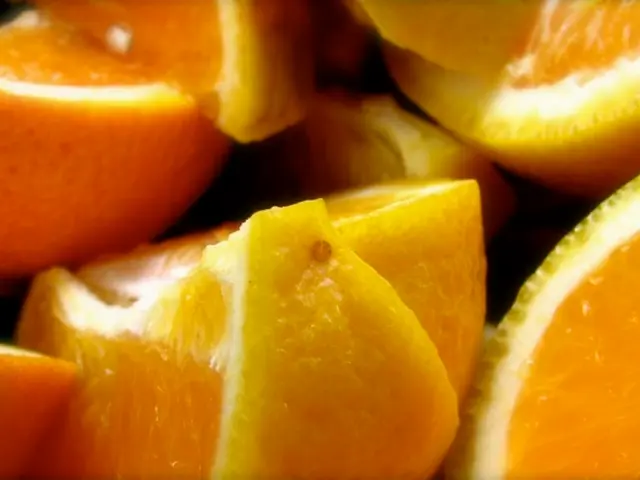Top Picks for Parsley's Herbal Buddies (Plus Four to Steer Clear Of)
In the vibrant world of gardening, understanding the art of companion planting can significantly boost the productivity and health of your vegetable patch. One herb that stands out for its versatility and beneficial relationships with other plants is parsley.
Parsley, with its aromatic foliage and delicate flavour, is a popular choice for many gardeners. However, it's not just a culinary delight; parsley also plays a crucial role in natural pest control and pollinator attraction.
When planted alongside asparagus, parsley enhances the growth of both plants while deterring the asparagus beetle, a major pest for asparagus. Tomatoes and peppers, too, thrive in similar conditions as parsley and benefit from its supportive growth interactions.
Dill, known for its tiny flowers that attract pollinators, can complement parsley by attracting beneficial insects. However, care should be taken as dill can stunt carrots and cross-pollinate related plants.
Flowering companions like alyssum and buckwheat, with their many tiny flowers, attract pollinators that can improve fruit set and harvest yield for nearby crops, including parsley and its companions.
Parsley also pairs well with herbs like thyme, rosemary, and rue, which repel pests and improve growth conditions through aromatic foliage and pest deterrence.
Companion planting with parsley offers several other advantages. For instance, it helps suppress weeds by creating dense plant growth, enhances pollination from flower-visiting insects, and reduces pest pressure due to parsley's natural deterrent effects.
Parsley thrives in full sun, with at least six to eight hours of sunlight each day. When planted near roses, it can repel rose beetles and other insect pests and attract beneficial insects, especially when left to flower in its second year.
However, it's important to note that alliums, such as onions and garlic, can stunt the growth of parsley, so they should be planted in different areas of the garden. Parsley and mint, a fast-spreading herb, should also be given their own space to avoid crowding.
When it comes to pests, parsley acts as a natural deterrent for many pepper pests and attracts predatory insects that feed on these pests with its flowers. It also deters the adult moths of caterpillar pests like cabbage loopers and cutworms from laying eggs on brassicas like broccoli, cabbage, kale, etc.
Parsley's flowers attract predatory insects that will feed on any caterpillars that do end up on brassicas. This herb is an annual and biennial plant that offers many benefits and can easily be incorporated into the vegetable garden.
In summary, companion plants for parsley are chosen based on complementary growth habits, pest deterrence, attraction of beneficial insects, and similar cultural needs like moist, organic-rich soil and full sun exposure. By cultivating these relationships, gardeners can create a more productive, healthier garden through natural pest control, pollinator attraction, and improved plant growth.
References: [1] Serena Manickam, Freelance Editor, Writer, and Sustainable Market Gardener, Fairydiddle Farm, Rural Virginia. [2] "Growing Peppers: A Guide to Successful Pepper Production," The Old Farmer's Almanac. [3] "Companion Planting for Beginners," Mother Earth News. [4] "The Art and Science of Companion Planting," Rodale's Organic Life.
Parsley, a popular herb, plays multiple roles in gardening, serving as a culinary delight, natural pest control, and pollinator attractant. When planted with asparagus, it enhances growth and deters asparagus beetles. Tomatoes and peppers also benefit from its growth interactions. Dill, with tiny flowers, attracts beneficial insects, but can stunt carrot growth and cross-pollinate related plants. Alyssum and buckwheat, flowering companions, attract pollinators that improve crop yields.
Parsley pairs well with thyme, rosemary, and rue, herbs that deter pests and improve growth conditions. Companion planting with parsley offers advantages such as weed suppression, enhanced pollination, and reduced pest pressure. Parsley thrives in full sun and can repel rose beetles when planted near roses. However, alliums and mint should be planted separately due to inhibitory effects.
Parsley acts as a natural deterrent for many pepper pests and attracts predatory insects with its flowers. It also deters the adult moths of caterpillar pests from laying eggs on brassicas. Parsley's flowers attract predatory insects that feed on caterpillars. This herb is an annual and biennial plant that offers many benefits and can easily be incorporated into the vegetable garden.
By cultivating these relationships, gardeners can create a more productive, healthier garden through natural pest control, pollinator attraction, and improved plant growth. The art and science of companion planting are crucial for success in gardening, as demonstrated through parsley and its compatible partners. References support the benefits of companion planting with parsley.




